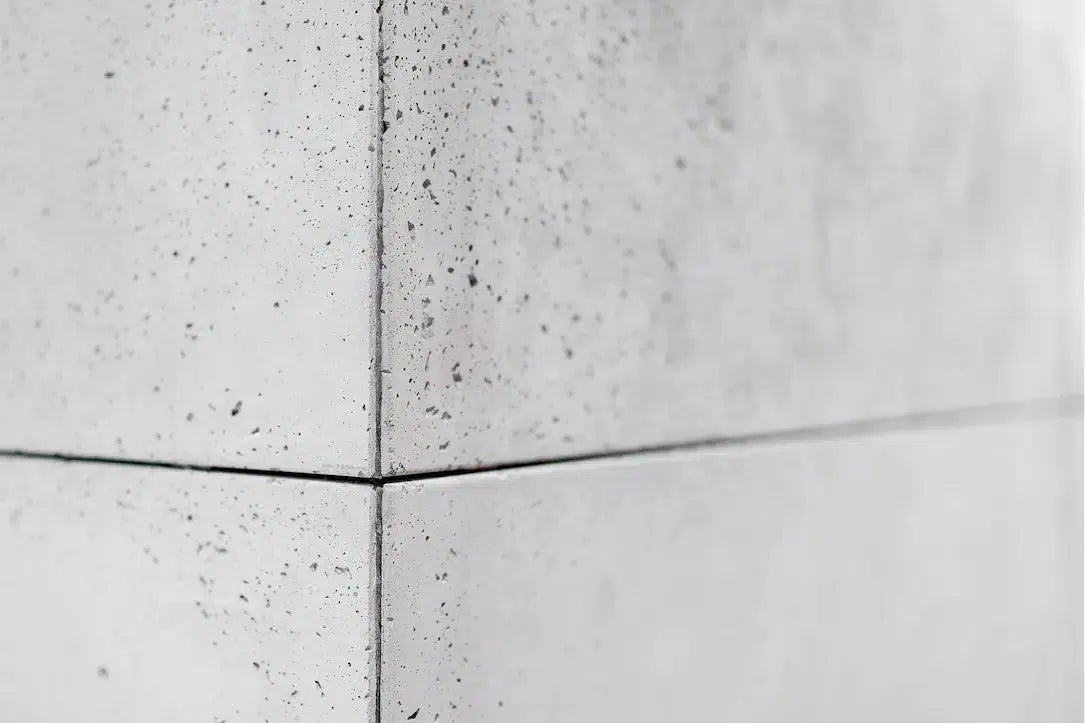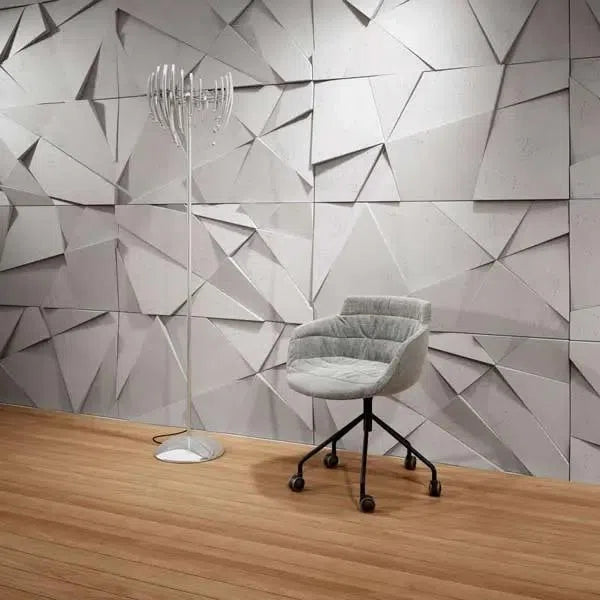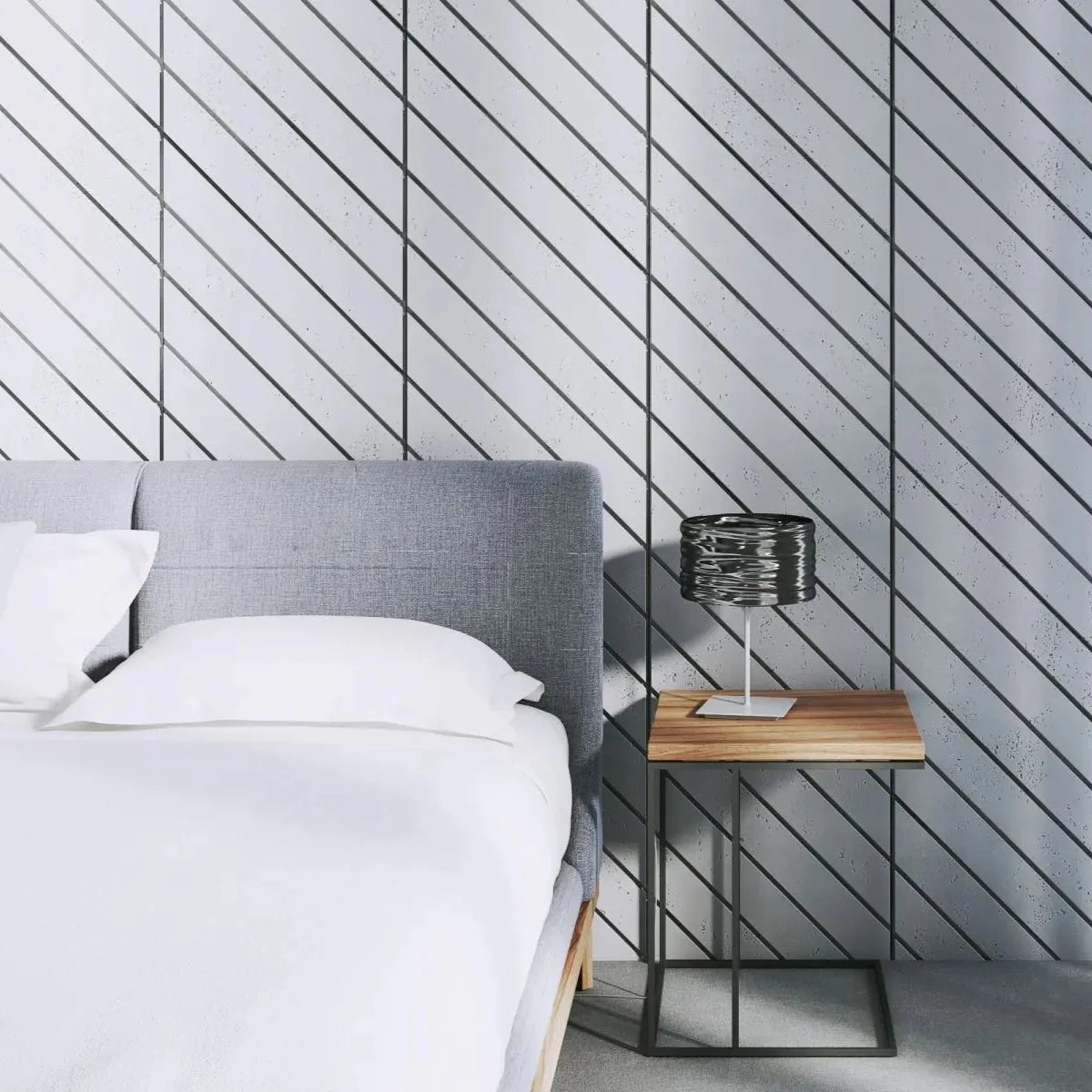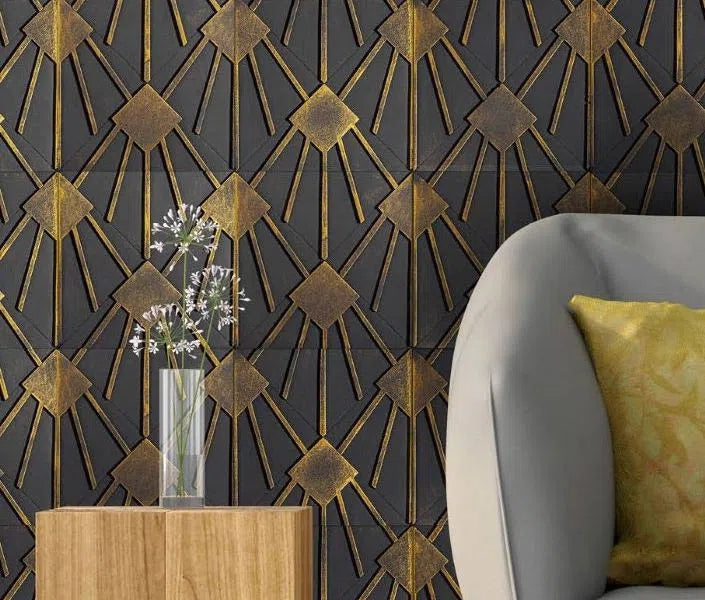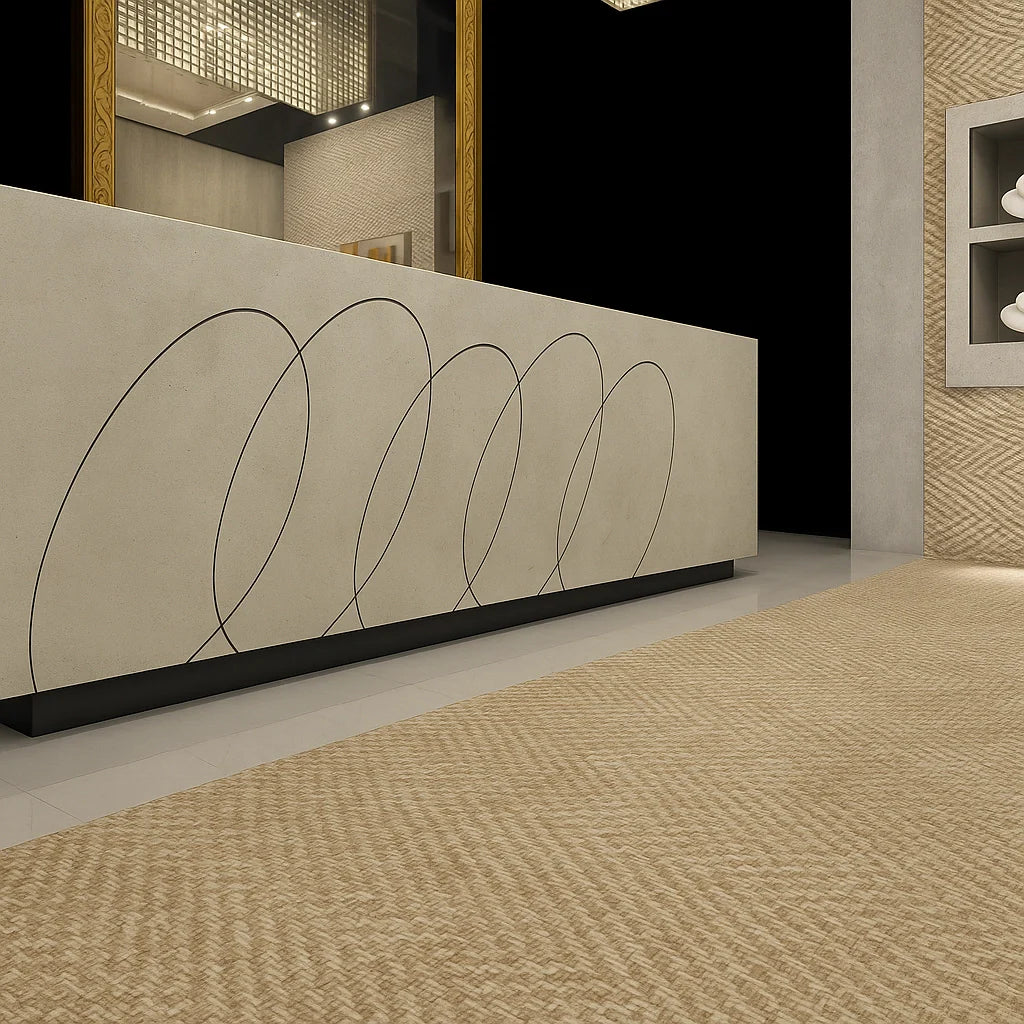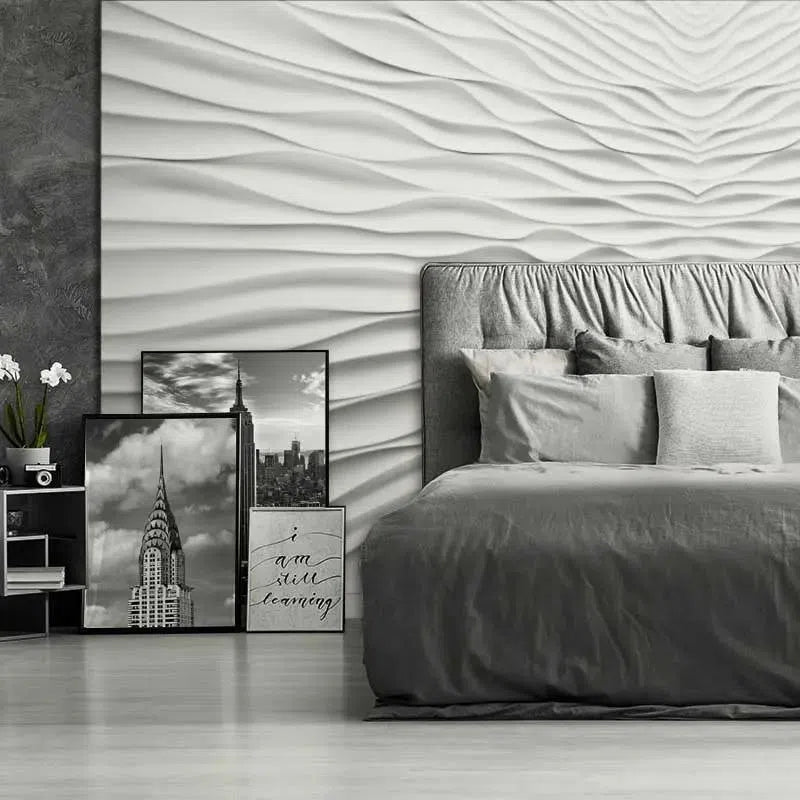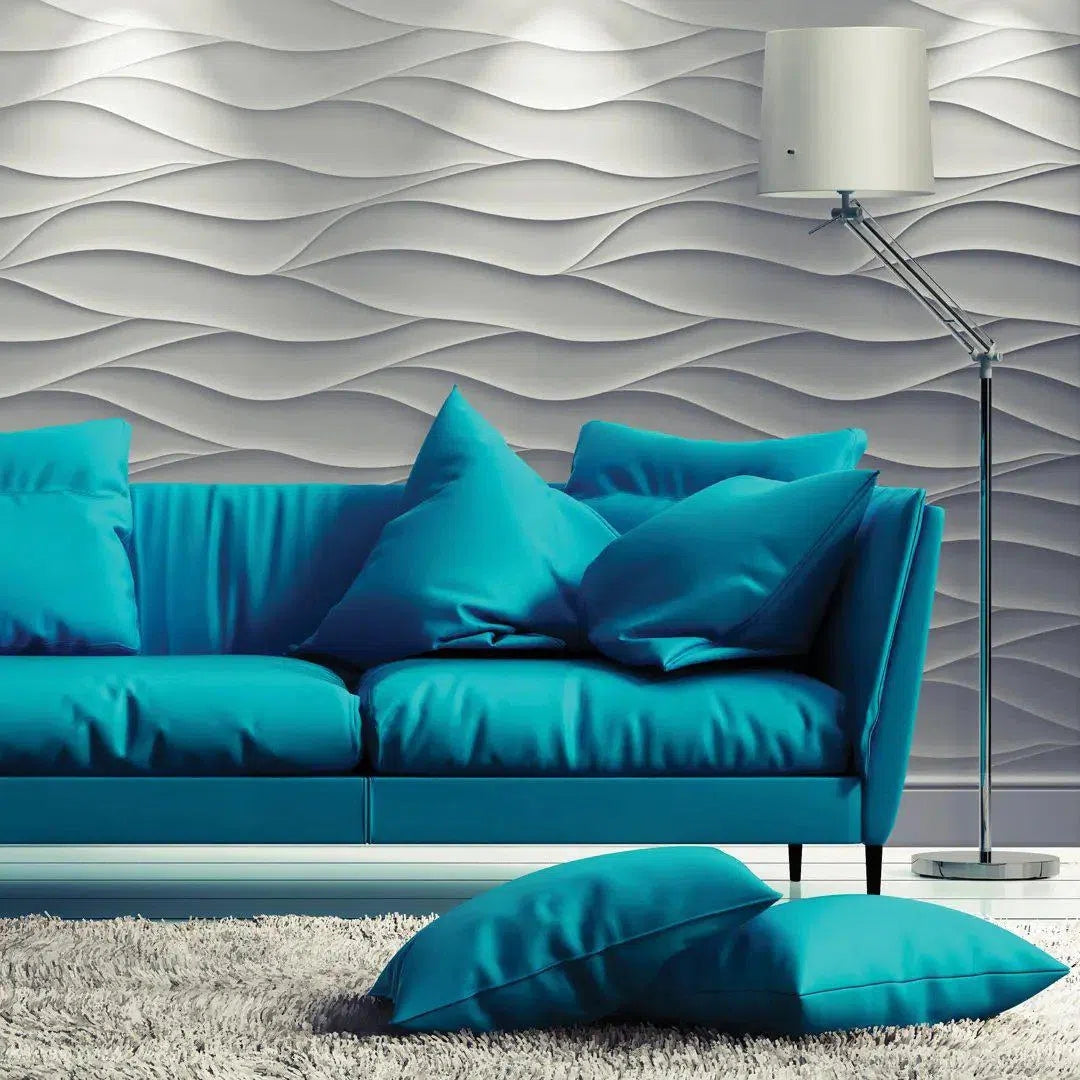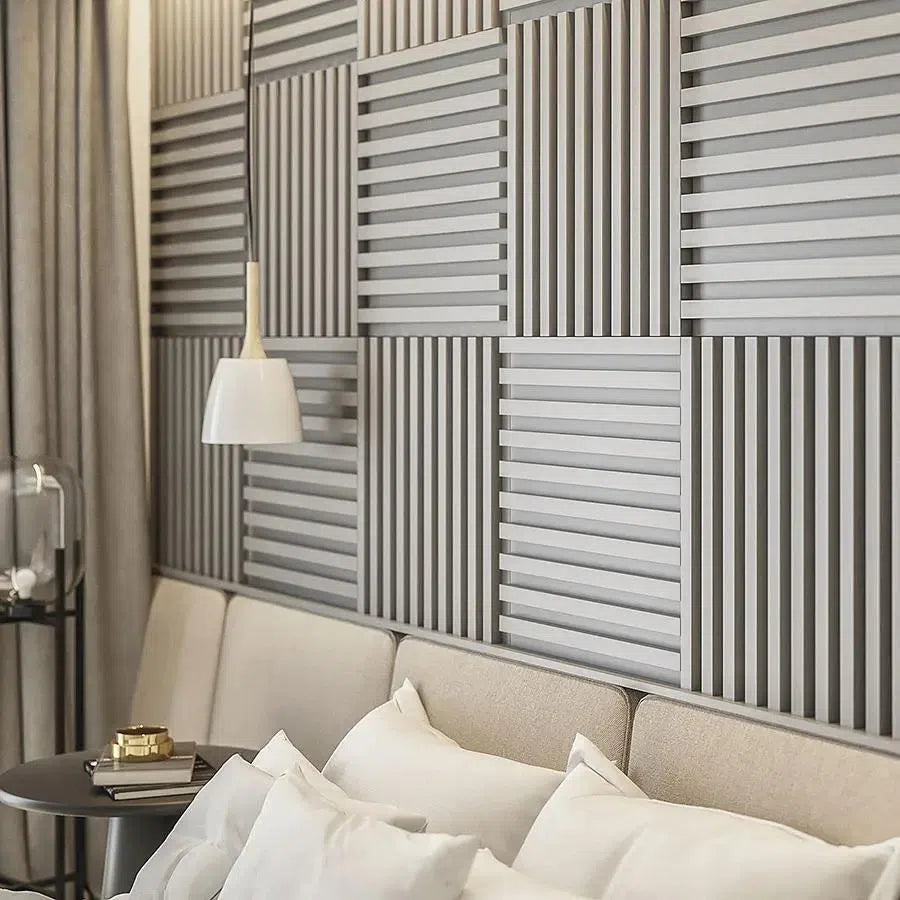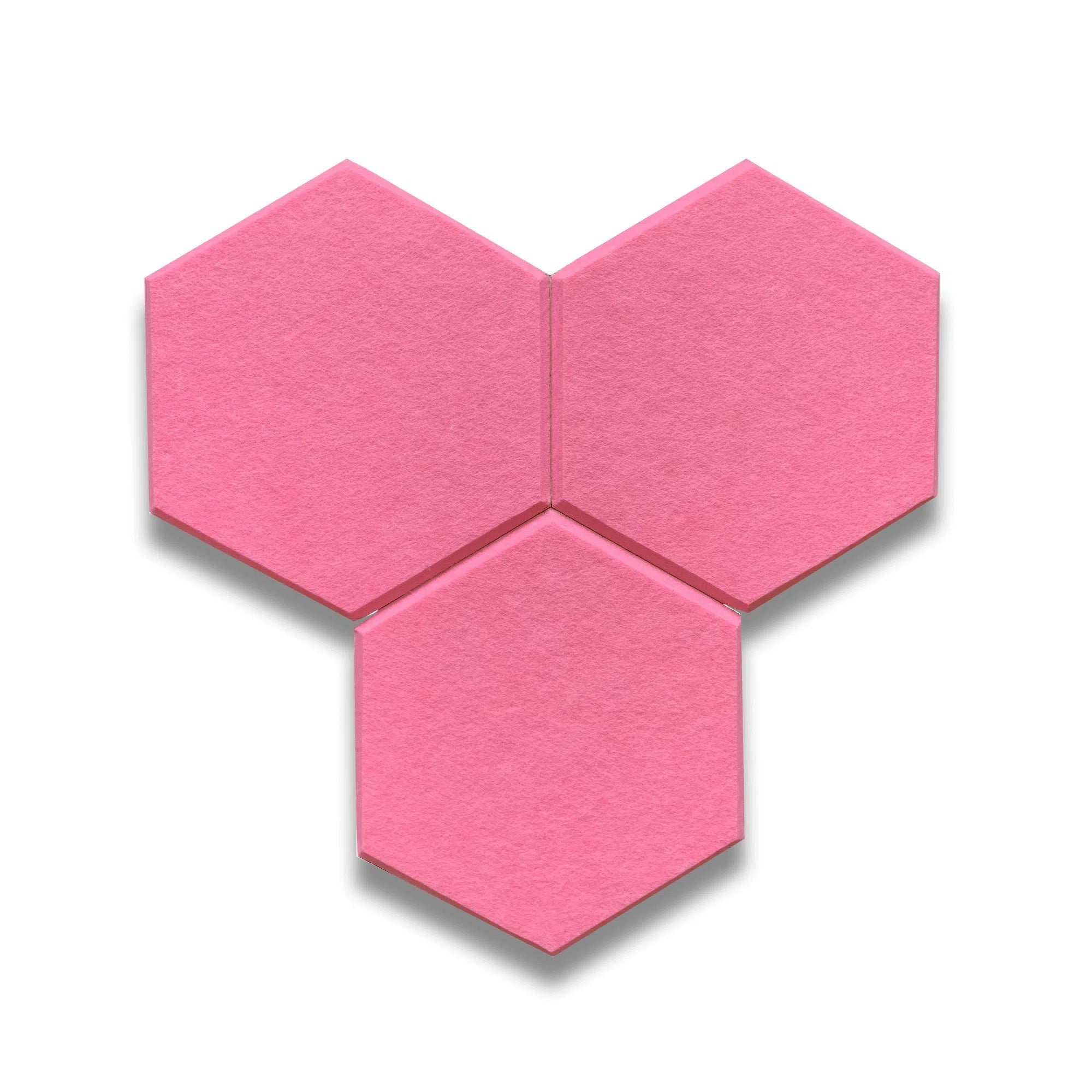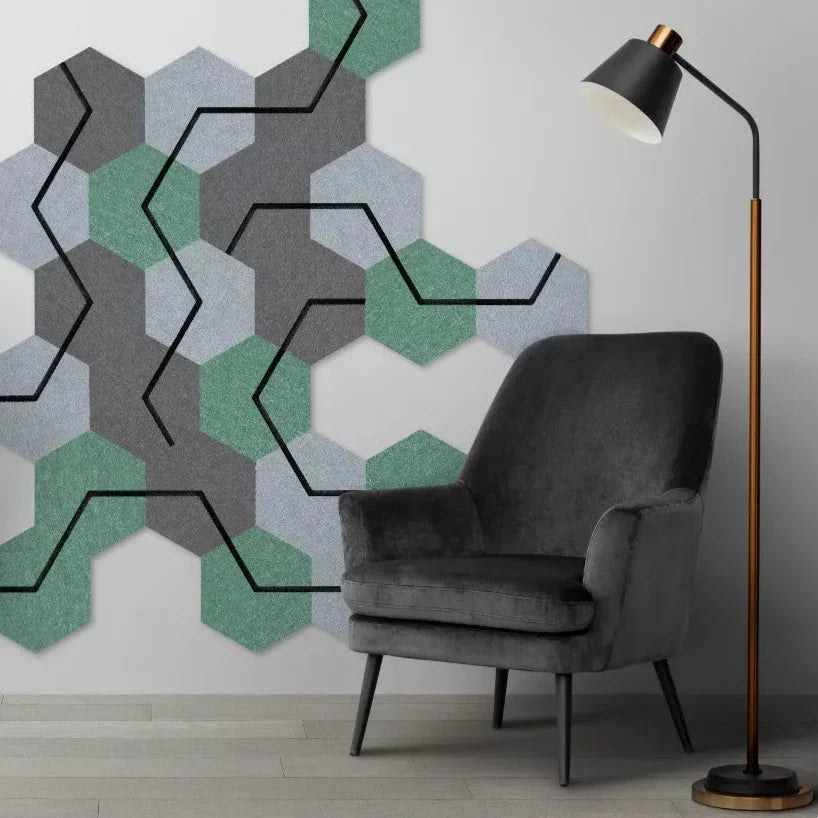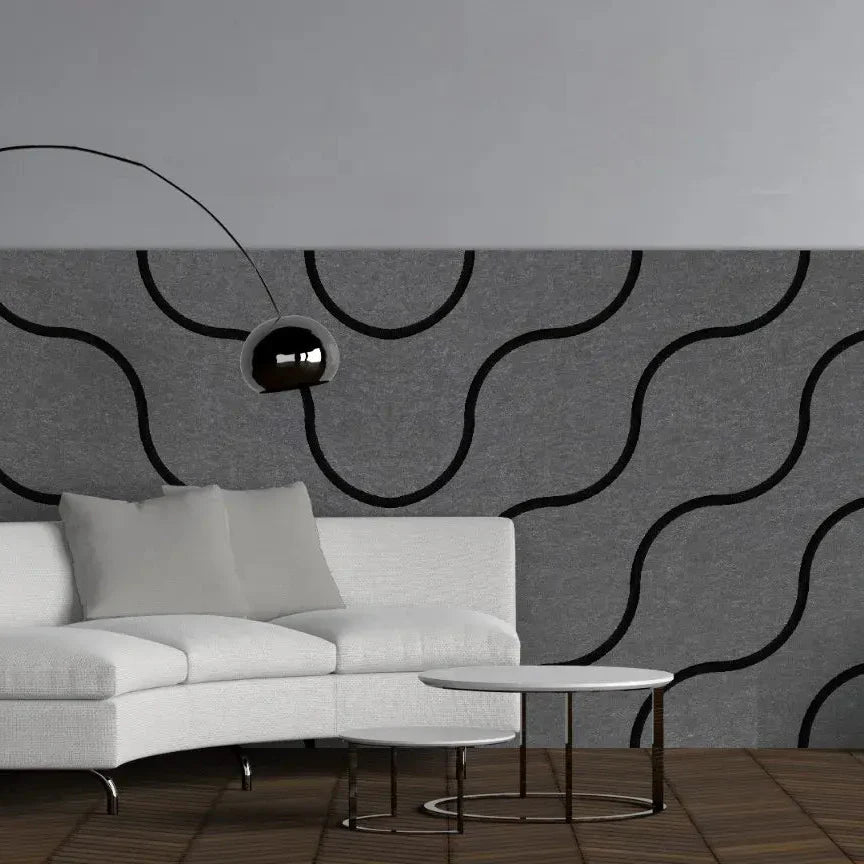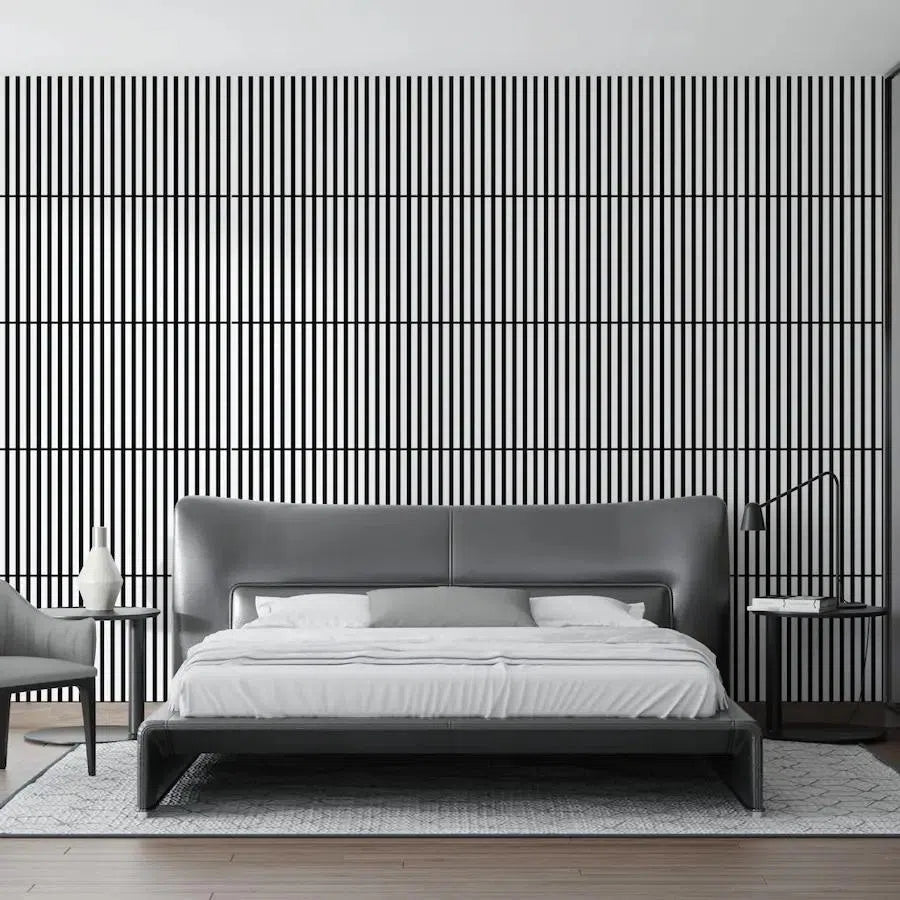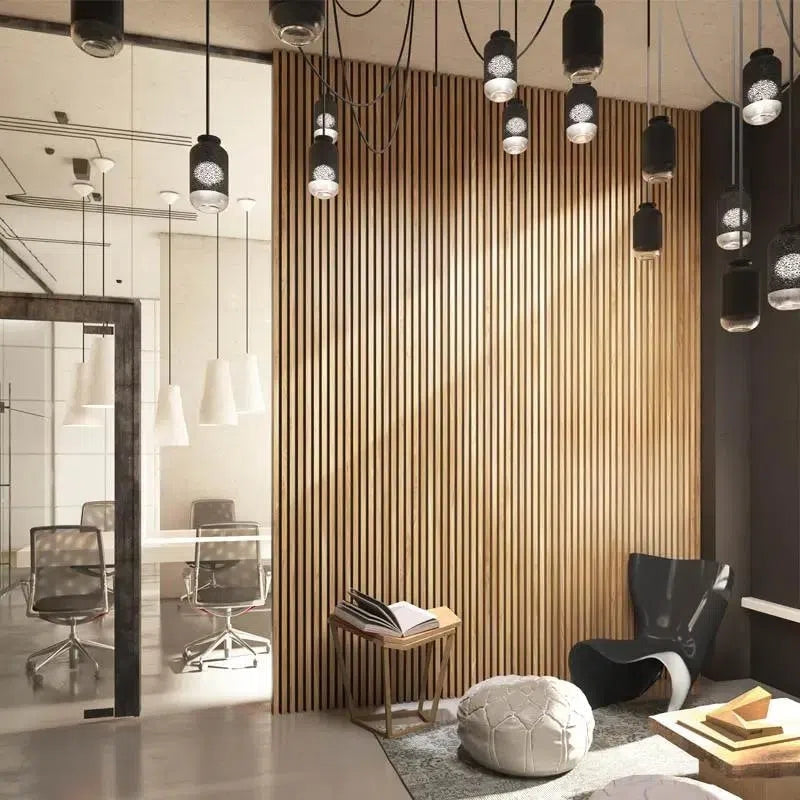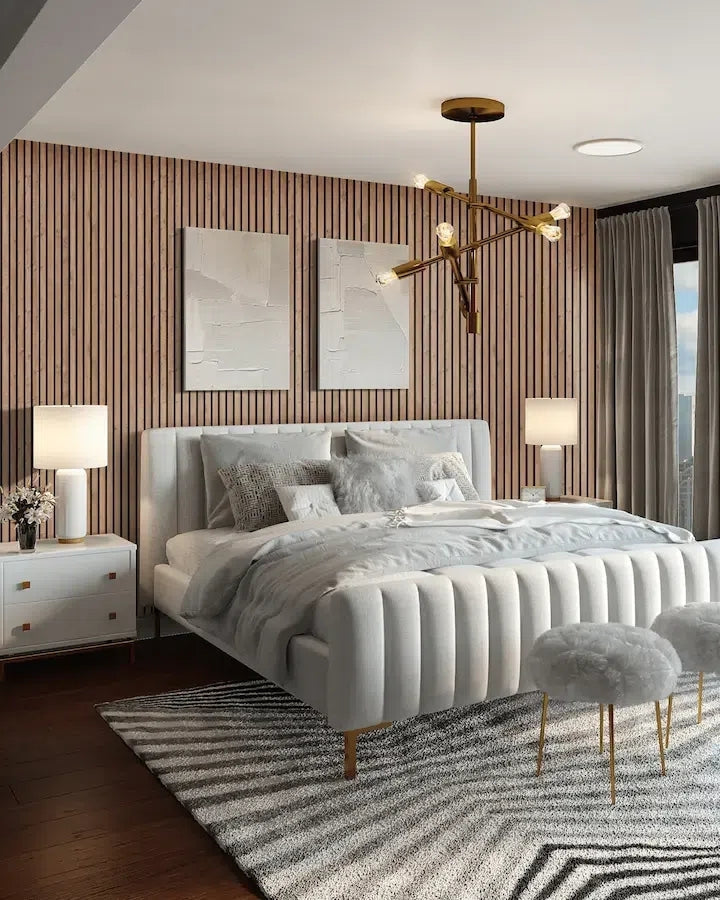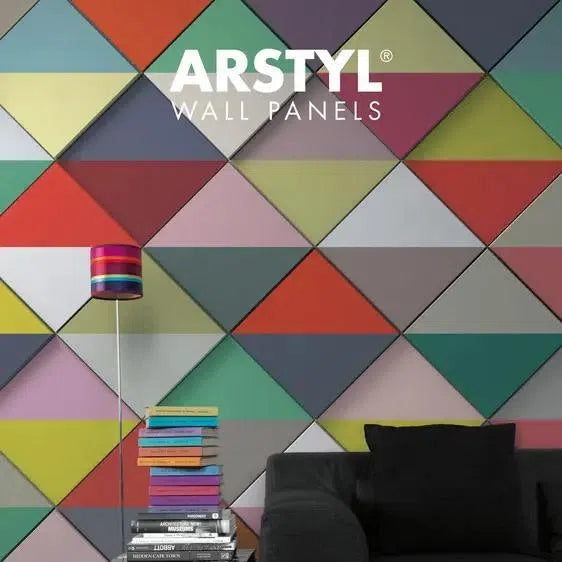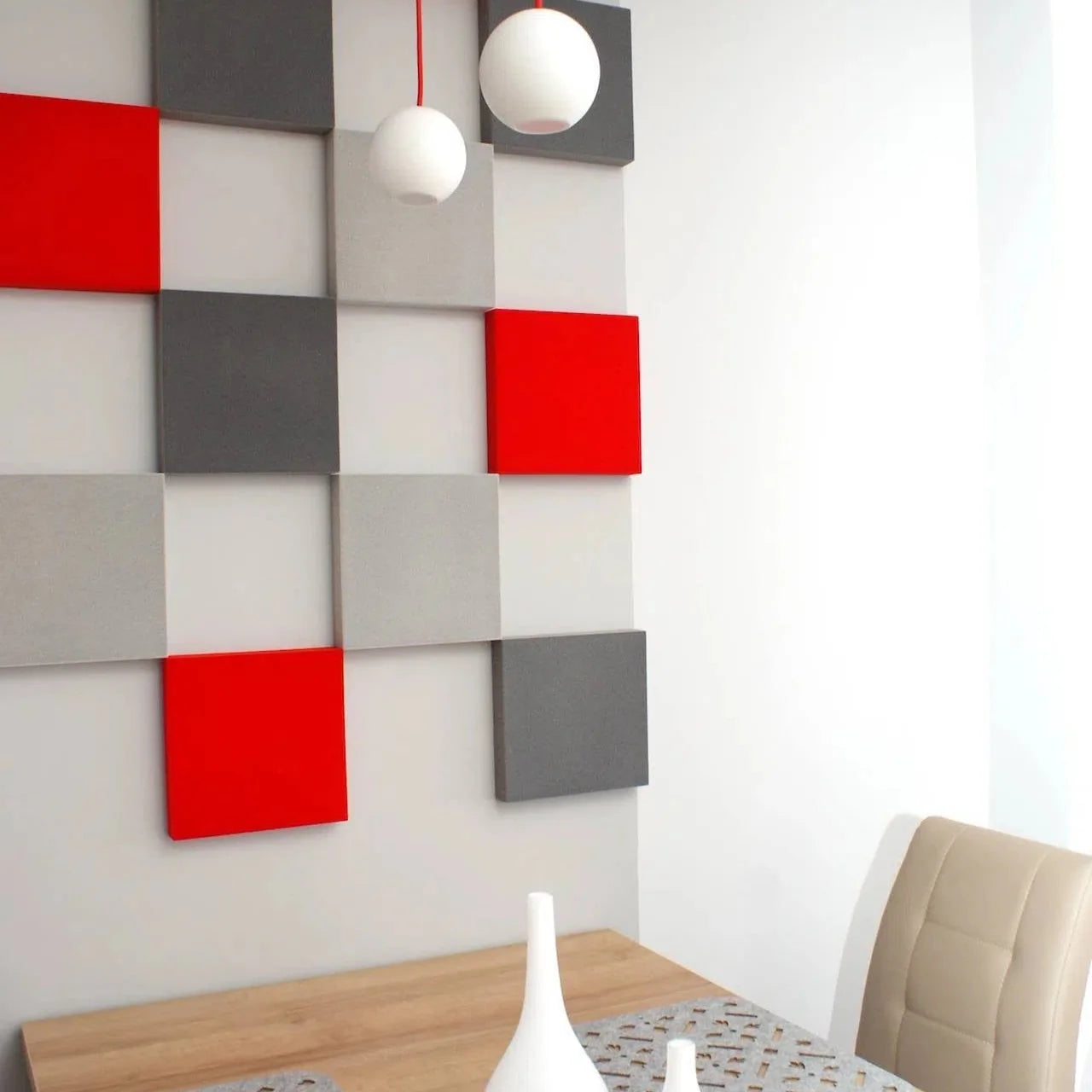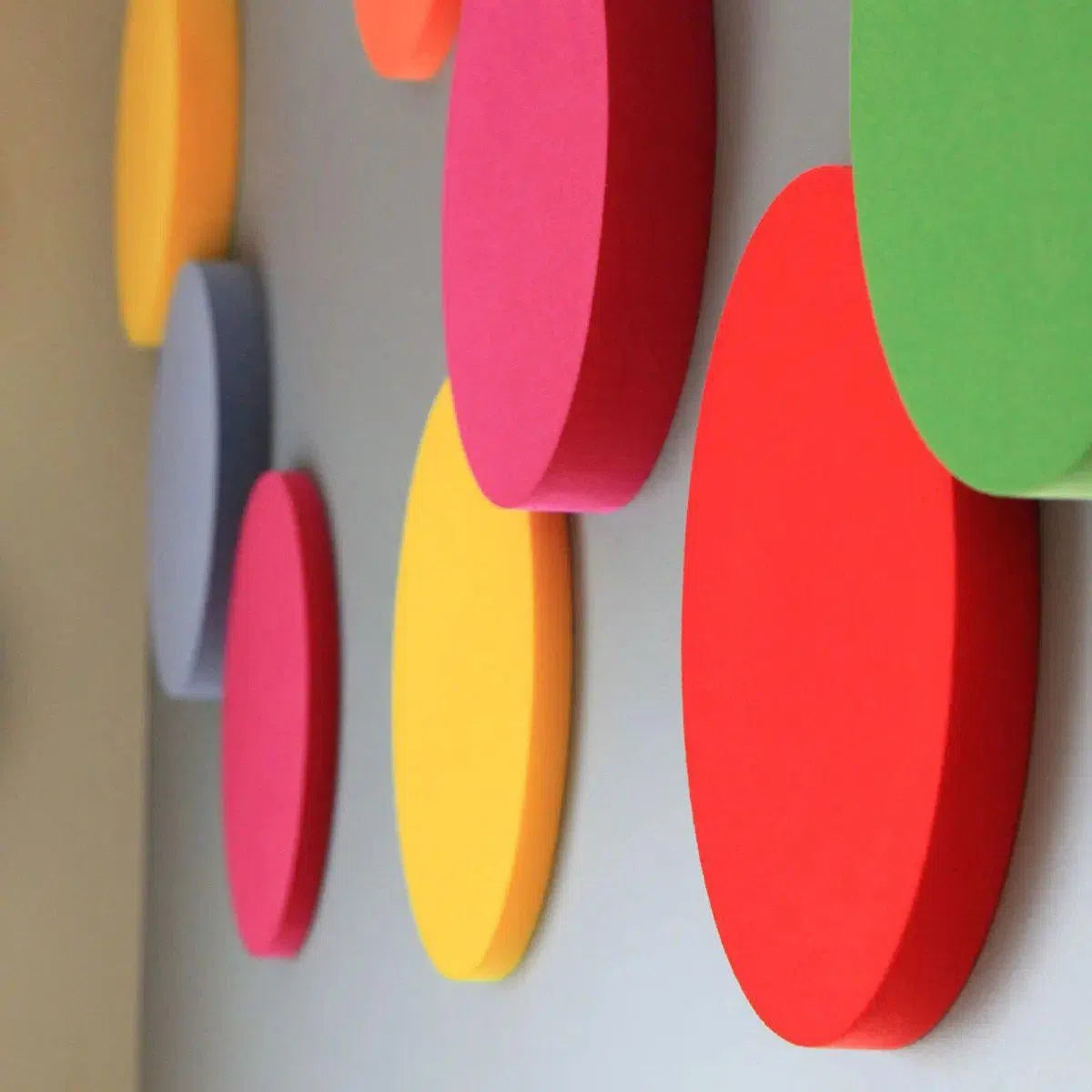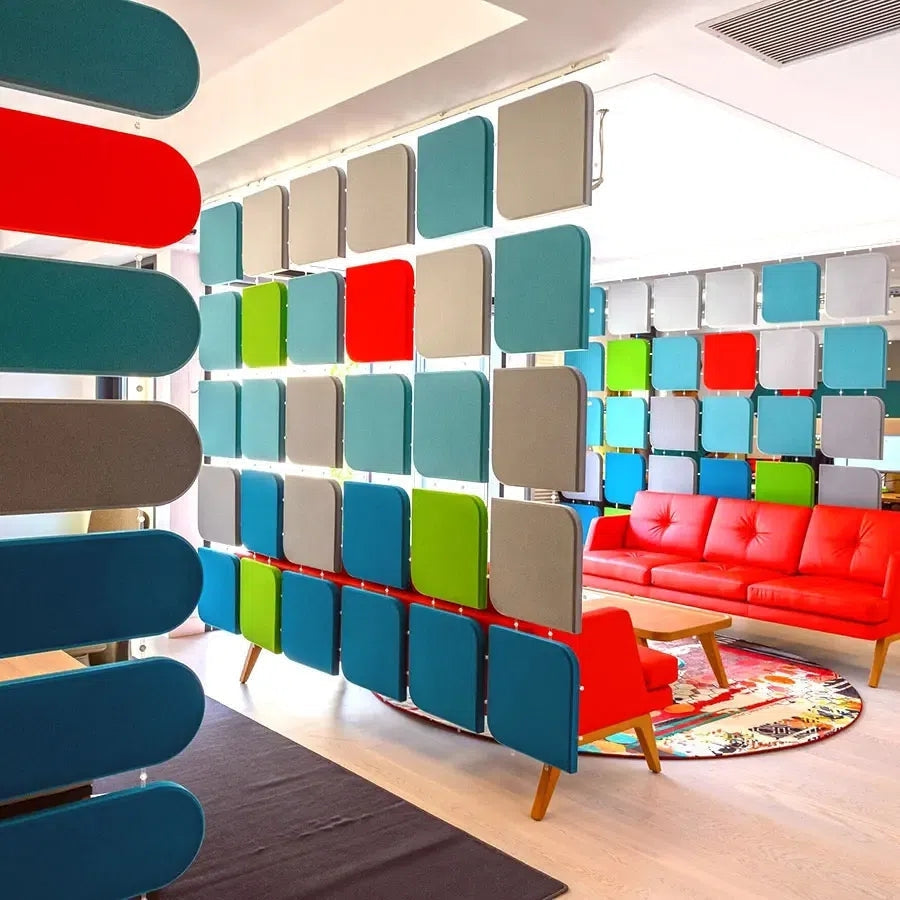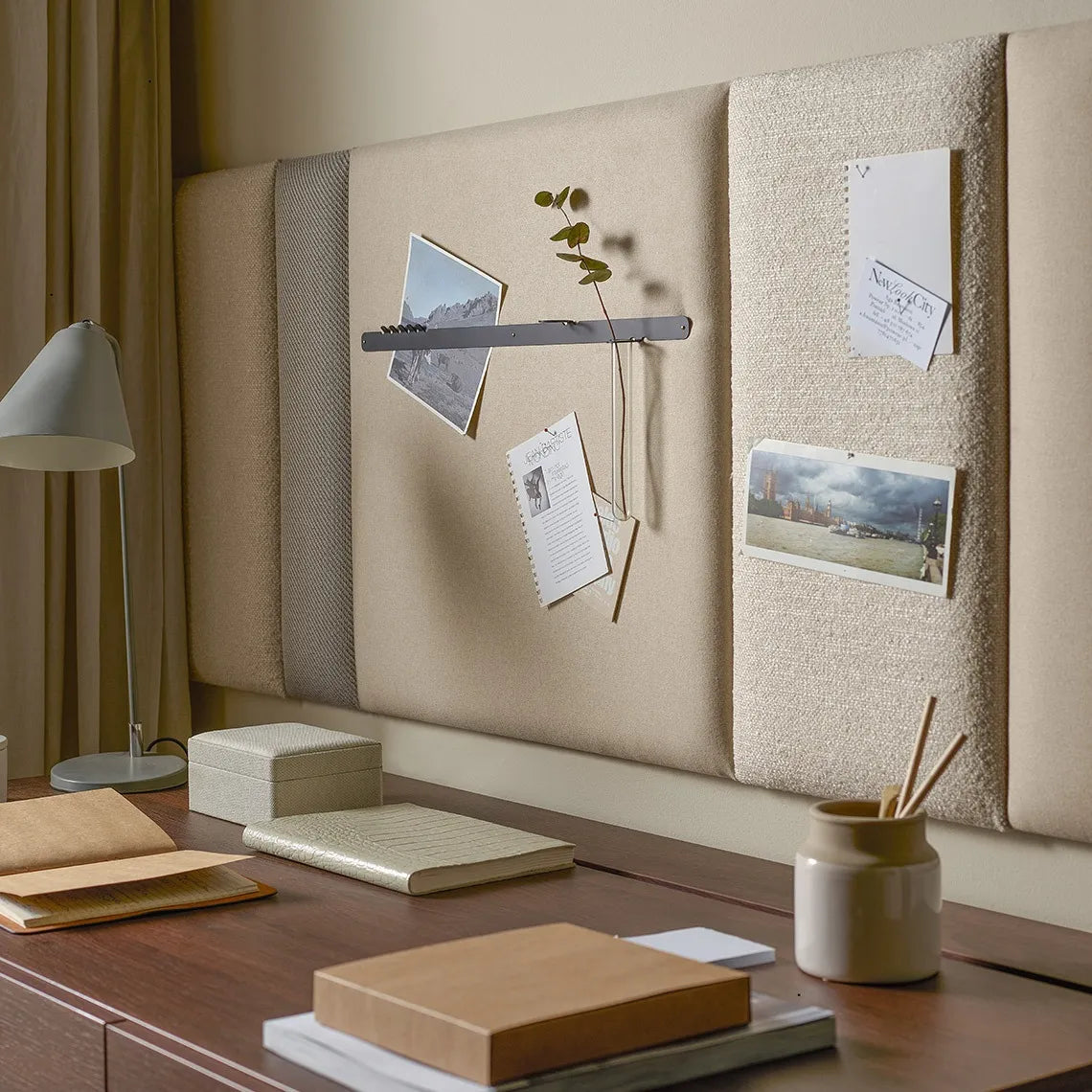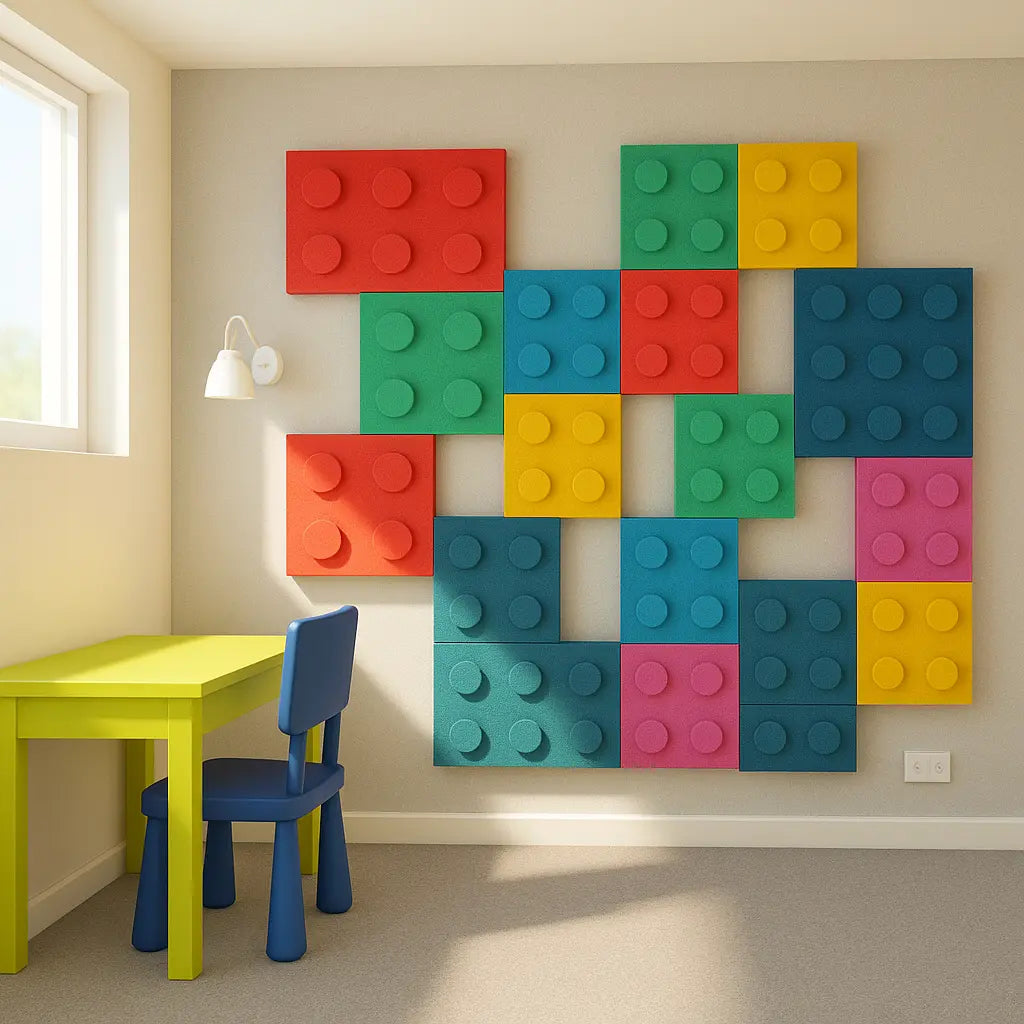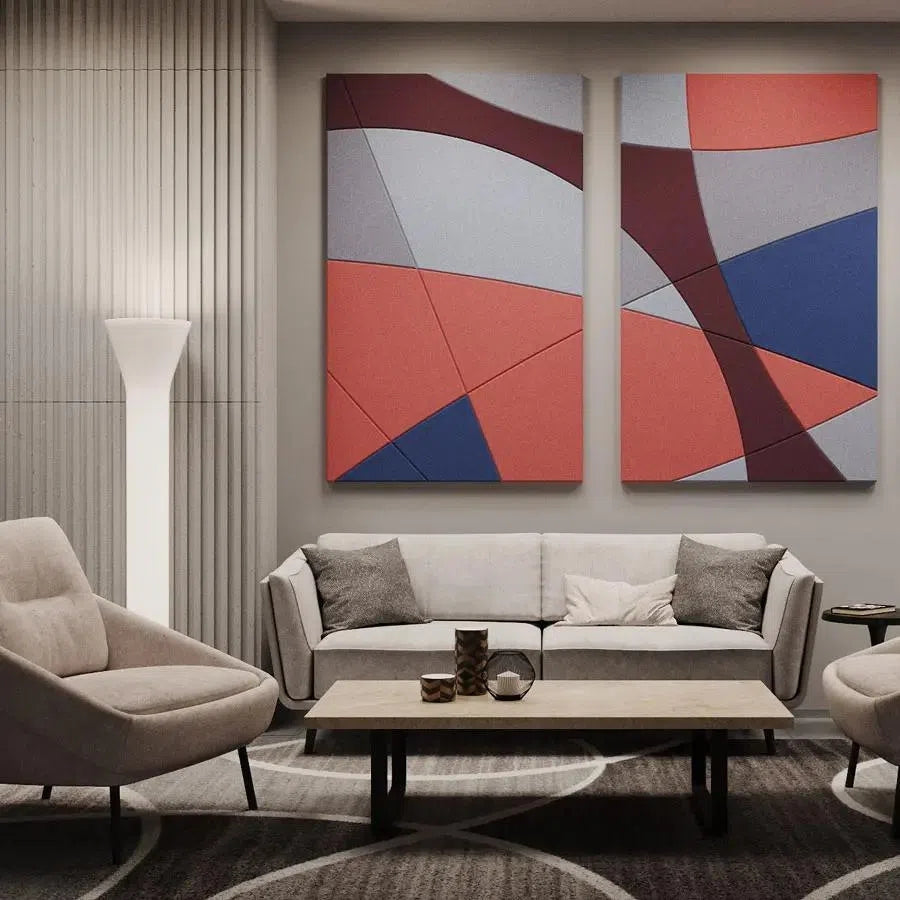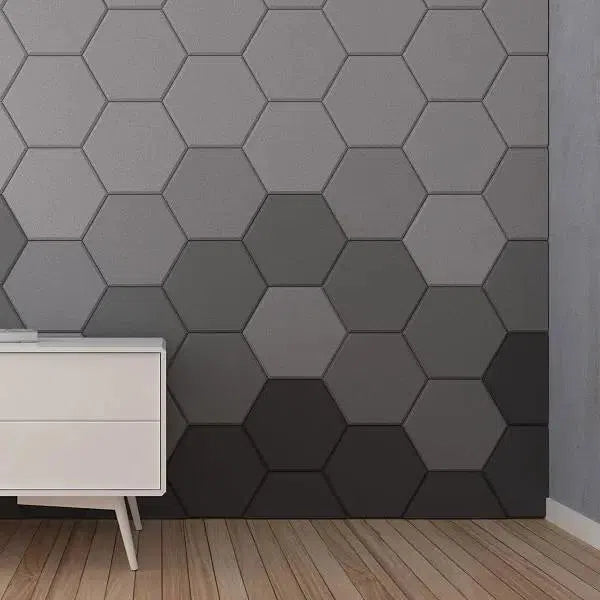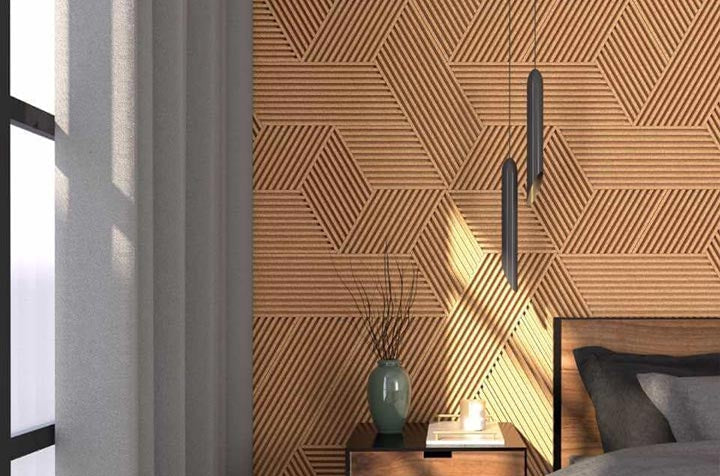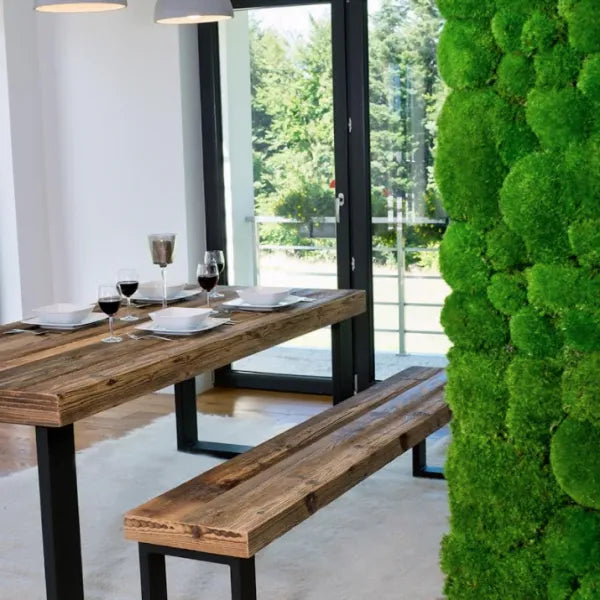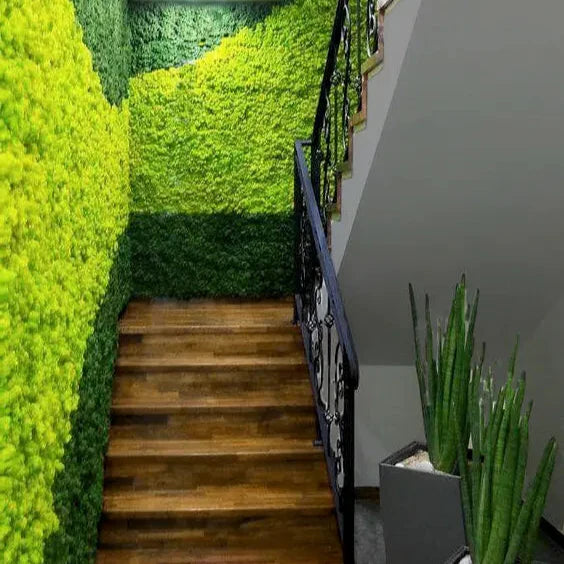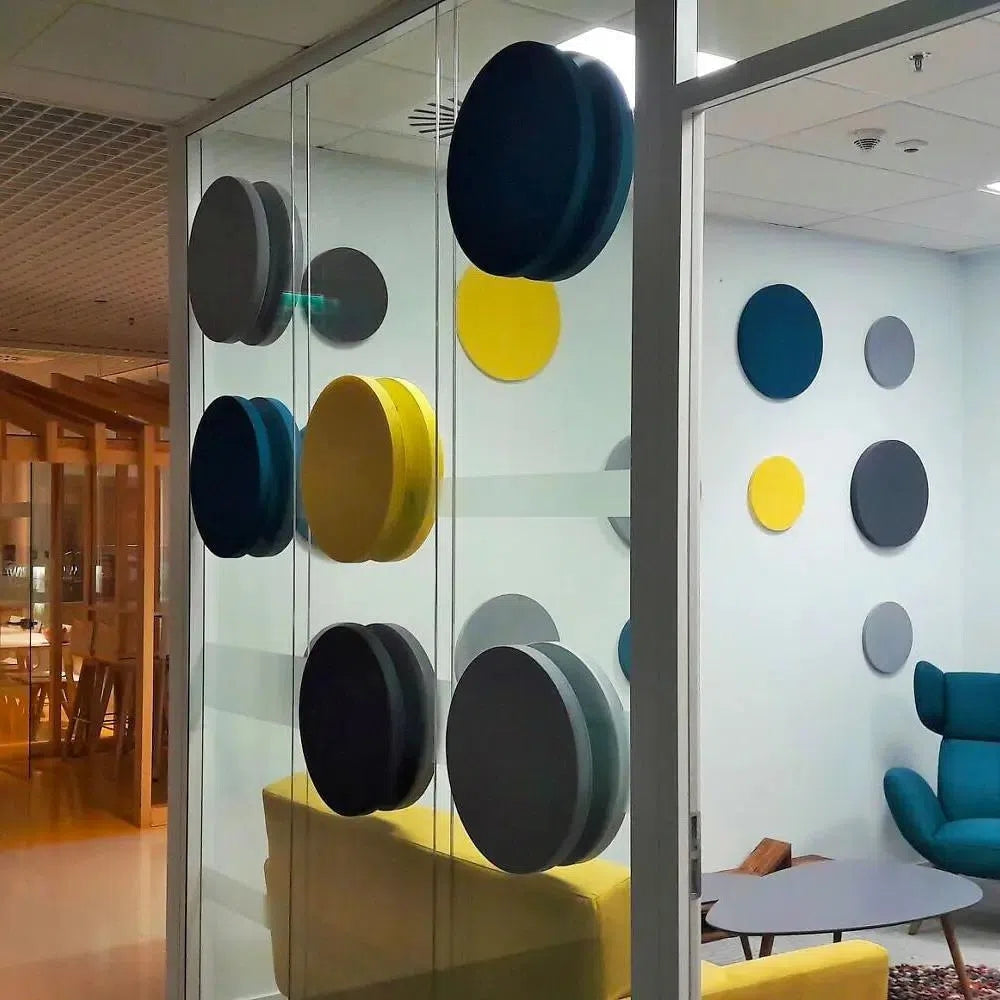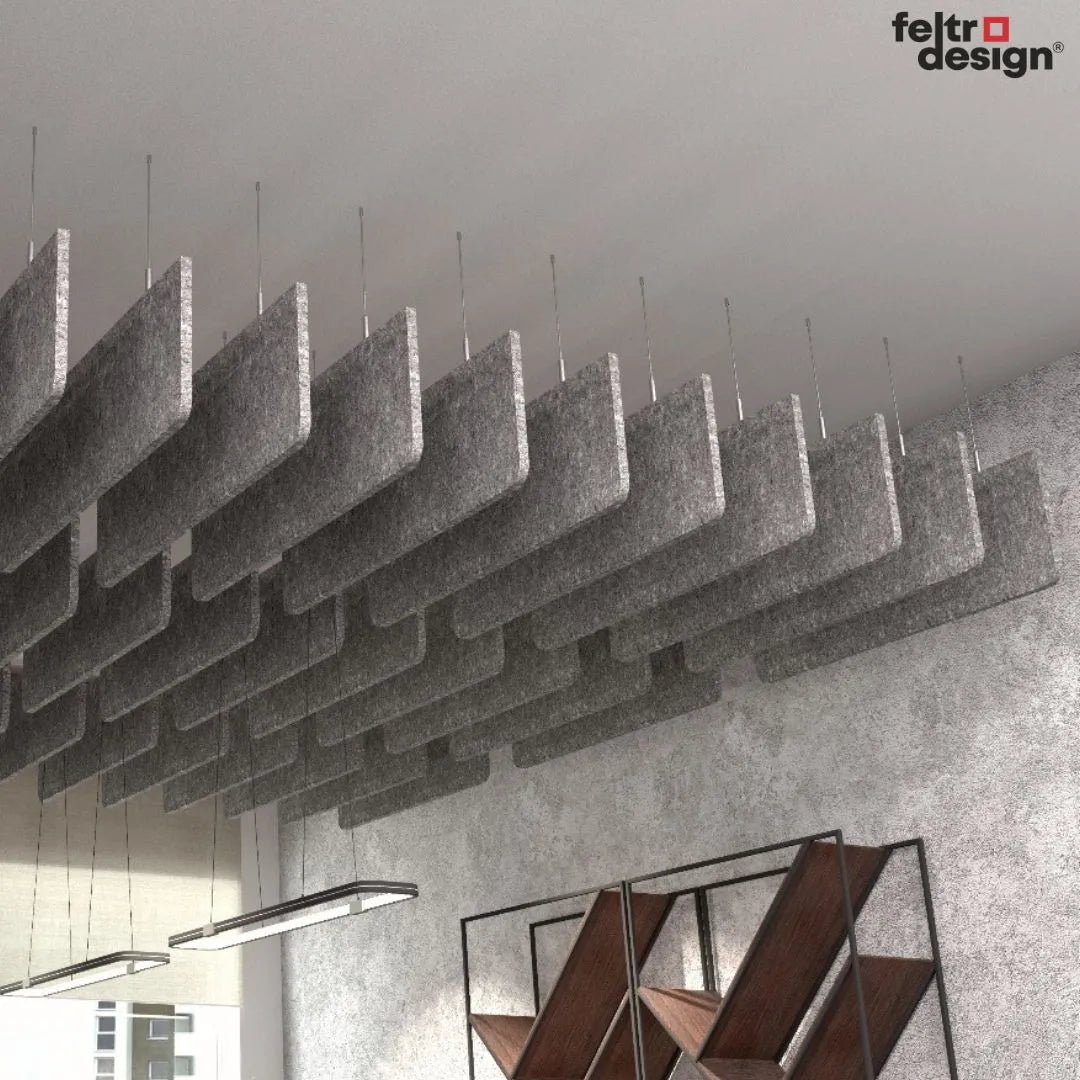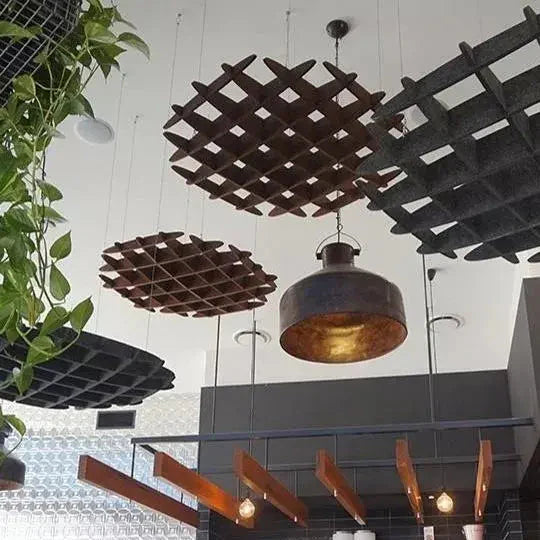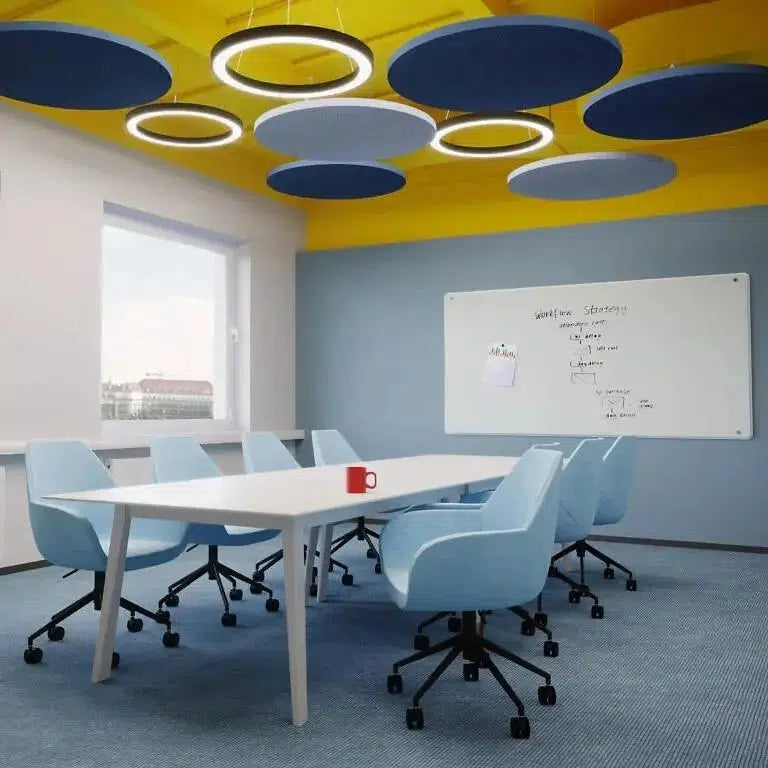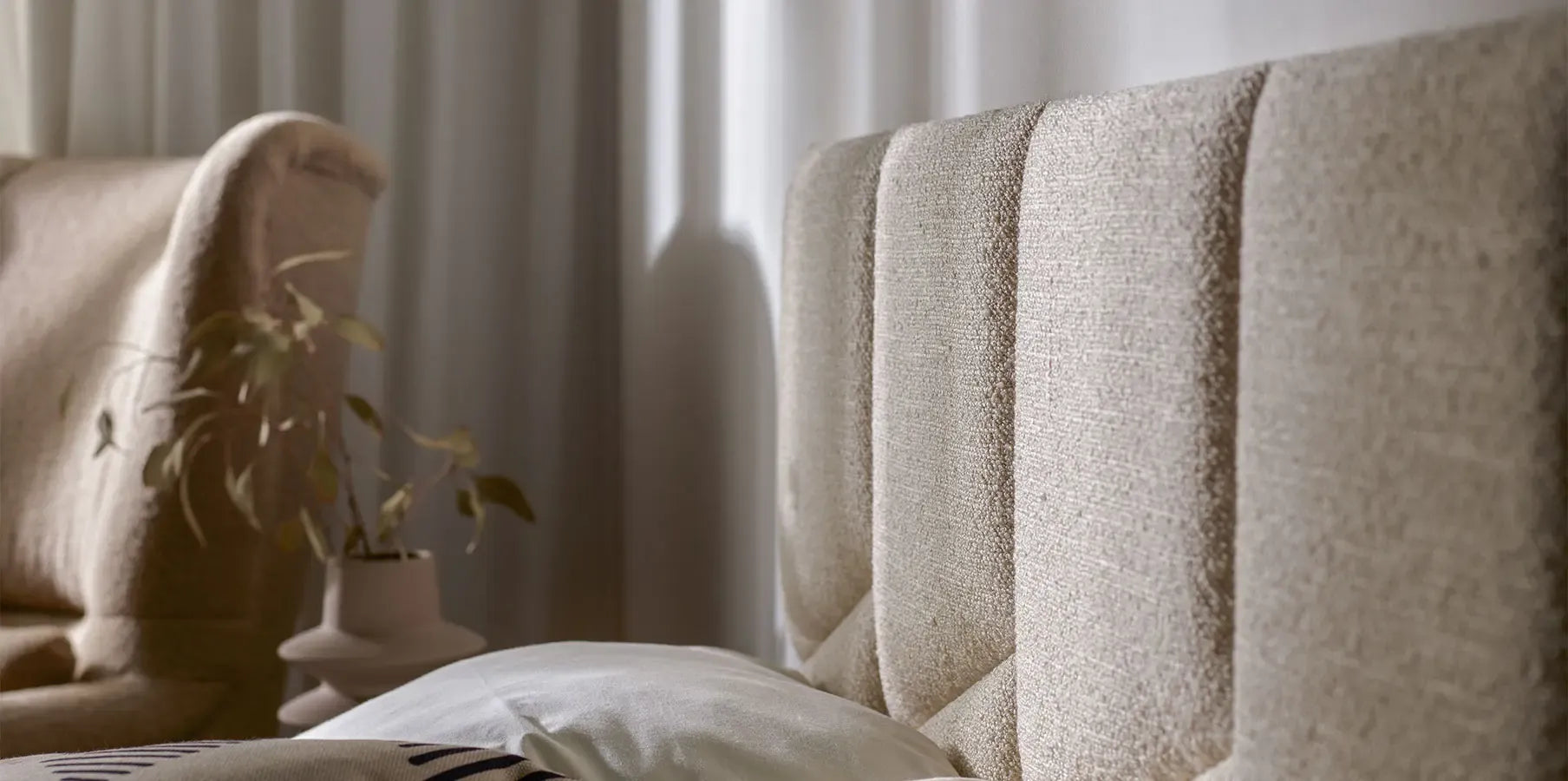Discover the Power of Upholstered Wall Panels
Are you looking to give your walls a fresh new look? Upholstered wall panels are a great way to add a touch of elegance and sophistication to any room. With their soft, padded surface, these panels can instantly transform a dull space into a cozy and inviting atmosphere.
The installation process is surprisingly simple, requiring just a few basic steps. Using velcro tape and mammuth tube adhesive, you can securely attach the panels to your walls without causing any damage.
This guide will walk you through the easy Upholstered Wall Panels installation process, helping you to create a beautiful and unique space that reflects your personal style.
Key Takeaways of Upholstered Wall Panels
- Easy installation process using velcro tape and mammuth tube adhesive
- Transform your walls with soft, padded upholstered wall panels
- Create a cozy and inviting atmosphere in any room
- No damage to walls during installation
- Unique and personalized decor with soft boards
Understanding Upholstered Wall Panels and Their Benefits
Upholstered wall panels offer a multifaceted solution for homeowners looking to improve both the look and feel of their rooms. These panels are not just aesthetically pleasing; they also provide significant functional benefits.
What Are Upholstered Wall Panels?
Upholstered wall panels are decorative wall coverings that combine fabric, pad ding, and a rigid backing to create a soft, textured surface. They are designed to be both visually appealing and functional.
Structure and Components
The structure of upholstered wall panels typically includes a high-density foam core covered with fabric. This construction provides both durability and comfort.
High-Density Foam Core Technology
The high-density foam core of Upholstered Wall Panels is a key component, offering excellent acoustic insulation and support. This technology ensures that the panels are not only decorative but also contribute to a quieter, more comfortable living environment
- Reduces echo and improves speech clarity in rooms
- Adds a layer of thermal insulation to your walls
- Maintains its shape and firmness over time
- Lightweight yet durable construction
Aesthetic Appeal and Design Versatility
Upholstered wall panels come in a wide range of designs, patterns, and colors, offering unparalleled design versatility. They can be used to create a fo cal point in a room or to add subtle texture to a wall. Whether you're aiming for a modern, sleek look or a cozy, traditional feel, there's an upholstered panel to suit your taste.
Planning Your Upholstered Wall Panel Installation
Before diving into the installation of your upholstered wall panels, it's crucial to plan carefully to ensure a seamless and successful project. Proper planning helps in achieving a professional-looking result and avoids potential pitfalls during the installation process.
Measuring Your Wall Space
Accurate measurements are the foundation of a successful installation. Measure your wall space carefully, taking note of any obstructions such as electrical outlets or windows. Use a tape measure to get the width and height of the area where you plan to install the panels.
Choosing the Right Panel Size and Configuration
Selecting the right size and configuration of upholstered wall panels is crucial for achieving the desired look. 60x30 rectangular panels are popular due to their versatility and ease of arrangement.
Benefits of 60x30 Rectanglar Wall Panels
- Ease of installation
- Versatility in creating patterns
- Aesthetic appeal
Calculating Upholstered Wall Panels Quantities & Creating a Layout Plan
To determine how many panels you'll need, divide the total wall area by the area of a single panel. Consider adding a few extra panels to account for any cuts or mistakes. Sketch out a basic layout plan on paper or use software to visualize how the panels will look on your wall. This step helps in making necessary adjustments before the actual installation.
Essential Tools and Materials for Upholestered Wall Panels Installation
To ensure a smooth installation process, it's crucial to have the right tools and materials at your disposal. Proper preparation will make a significant difference in the outcome of your upholstered wall panel installation.
Start by gathering basic tools such ass a measuring tape, level, pencil, and utility knife. These tools will help you measure and mark the wall accurately, ensuring a precise installation.
Velcro Tape Options
For a secure and adjustable hold of Upholstered Wall Panels, consider using velcro tape. There are various types available, including heavy-duty options that can support substantial weight. Choose a velcro tape that suits the size and weight of your panels

Mammuth Tube Adhesive Selection
For a more permanent solution, Mammuth Tube Adhesive is a reliable choice. This adhesive is designed for heavy-duty applications and can securely hold your upholstered wall panels in place. Ensure you select the correct type for your specific needs.
How to Install Upholstered Wall Panels Using Velcro Tape
Velcro tape offers a convenient and efficient way to install upholstered wall panels, making it a DIY-friendly project. This method allows for easy adjustments and minimizes damage to your walls.
Measuring and Cutting Velcro Strips
To begin, measure the length of your upholstered wall panels to determine how much Velcro tape you'll need. It's advisable to cut the Velcro strips slightly shorter than the panel width to avoid visible edges. Use sharp scissors or a craft knife to cut the Velcro tape cleanly.
Applying Velcro to the Upholestered Wall Panels
Peel off the backing from one side of the Velcro tape and align it with the back of the upholstered panel. Press firmly to ensure a strong bond. Make sure the Velcro is applied evenly and not twisted, as this can affect the panel's alignment on the wall.
Positioning and Attaching to the Wall
Next, peel off the backing from the other side of the Velcro tape and carefully position the panel on the wall. Press gently but firmly to secure the panel in place. It's helpful to have someone assist you to hold the panel while you attach it.
Troubleshooting Velcro Adhesion Issues
Sometimes, the Velcro tape may not adhere as expected. Common issues include dirty surfaces, insufficient pressure, or using the wrong type of Velcro. To troubleshoot, ensure both the panel and wall surface are clean and dry. Apply firm pressure to the Velcro tape, and consider using a stronger Velcro product if necessary.
By following these steps, you can successfully install your upholstered wall panels using Velcro tape, achieving a professional-looking result with minimal effort.
Installing Upholstered Wall Panels with Mammuth Tube Adhesive
Mammuth Tube Adhesive offers a strong and lasting bond for upholstered wall panels, making it a popular choice among DIY enthusiasts and professionals alike. This adhesive is particularly effective for creating a clean and minimalist look without visible fasteners.
Step1: Preparing the Adhesive
Before applying Mammuth Tube Adhesive, it's crucial to prepare it correctly. Ensure the tube is shaken well and the nozzle is cut to the appropriate size for your application. This step is essential for achieving a consistent bead of adhesive.
Step2: Applying Adhesive to Panels
Apply the Mammuth Tube Adhesive to the back of the upholstered panel in a zig-zag pattern or in beads along the edges and center. This pattern helps in achieving an even spread and strong bonding. Be cautious not to apply too much adhesive to avoid squeeze-out beyond the panel edges.
Step3: Securing Panels to the Wall
Once the adhesive is applied, carefully position the panel against the wall, ensuring it is aligned with your pre-marked installation points. Press the panel firmly against the wall, starting from the center and moving outwards. This helps in preventing air bubbles and ensures a strong bond.
Step4: Ensuring Proper Bonding
After securing the panel, check for any gaps or areas where the adhesive might not have made contact with the wall. If necessary, use additional adhesive or adjust the panel. It's also important to ensure the panel is level and properly aligned.
Maintenance and Care for Your Upholstered Wall Panels
Pro per maintenance is key to preserving the beauty and longevity of your upholstered wall panels. Regular care ensures they continue to enhance your home's aesthetic and acoustic qualities.
Upholestered Wall Panels Regular Cleaning Methods
To keep your panels clean, gently vacuum them using a soft brush attachment. For more thorough cleaning, use a damp cloth with a mild detergent solution. Avoid using harsh chemicals or excessive water, which can damage the fabric or underlying structure.
Dealing with Stains and Marks
For stains, act quickly by blotting the area with a clean, dry cloth. For tougher stains, a gentle cleaning product specifically designed for upholstery can be used. Always test a small, inconspicuous area first to ensure the product doesn't damage the fabric.
Extending the Lifespan of Your Upholestered Wall Panels
To extend the lifespan of your upholstered wall panels, avoid direct sunlight, which can cause fading. Regularly inspect the panels for signs of wear and address any issues promptly.
When and How to Replace Individual Panels
If a panel becomes damaged beyond repair, it can usually be replaced individually. Contact the manufacturer for guidance on obtaining replacement panels and follow their instructions for removal and installation.
Conclusion: Enjoying Your Newly Transformed Space
With your newly installed upholstered wall panels, you can now relax in a transformed space that is both aesthetically pleasing and functional. The soft boards not only enhance the visual appeal of your rooms but also provide acoustic and insulation benefits.
As you enjoy your newly transformed space , you'll appreciate the improved ambiance and the positive impact on your daily life. Whether you've installed panels in your bedroom, living room, or home office, the benefits of upholstered wall panels are undeniable.
Take a moment to appreciate the effort you've put into creating a beautiful and functional space. Your newly installed upholstered wall panels are sure to be a great addition to your home, providing a cozy and inviting atmosphere for years to come.
Frequently Asked Questions
What are the benefits of using upholstered wall panels in a bedroom?
Upholstered wall panels can create a cozy headboard, add acoustic insulation, and enhance the aesthetic appeal of the room, making it a more relaxing and comfortable space.
Can I use upholstered wall panels in a home office?
Yes, upholstered wall panels can improve ac oustics, reduce echo, and create a more focused work environment, making them an excellent choice for home offices.
How do I clean and maintain my upholstered wall panels?
Regular cleaning with a soft cloth and mild detergent can help maintain the appearance of your upholstered wall panels. For tougher stains, consult the manufacturer's cleaning instructions.
Can I install upholstered wall panels myself?
Yes, with the right tools and materials, you can install upholstered wall panels using velcro tape or mammuth tube adhesive. Follow the manufacturer's instructions and take necessary precautions.
Upholestered Wall Panels - Quick recap
Measure and plan panel layout carefully
Choose velcro for flexibility or adhesive for strong hold
Use proper tools: level, tape, cutter, and cleaning supplies
Clean and maintain panels for long-lasting appeal
Ready to Redefine Your Space?
Bring soft sophistication into your home or workplace with Upholestered Wall Panels. Elevate your interior design while enjoying the peace of better acoustics.
Table of contents
Key Takeaways of Upholstered Wall Panels Understanding Upholstered Wall Panels and Their Benefits What Are Upholstered Wall Panels? Structure and Components High-Density Foam Core Technology Aesthetic Appeal and Design Versatility Planning Your Upholstered Wall Panel Installation Measuring Your Wall Space Choosing the Right Panel Size and Configuration Calculating Upholstered Wall Panels Quantities & Creating a Layout Plan Essential Tools and Materials for Upholestered Wall Panels Installation Velcro Tape Options Mammuth Tube Adhesive Selection How to Install Upholstered Wall Panels Using Velcro Tape Measuring and Cutting Velcro Strips Applying Velcro to the Upholestered Wall Panels Positioning and Attaching to the Wall Troubleshooting Velcro Adhesion Issues Installing Upholstered Wall Panels with Mammuth Tube Adhesive Step1: Preparing the Adhesive Step2: Applying Adhesive to Panels Step3: Securing Panels to the Wall Step4: Ensuring Proper Bonding Maintenance and Care for Your Upholstered Wall Panels Upholestered Wall Panels Regular Cleaning Methods Dealing with Stains and Marks Extending the Lifespan of Your Ipholestered Wall Panels When and How to Replace Individual Panels Conclusion: Enjoying Your Newly Transformed Space Frequently Asked Questions What are the benefits of using upholstered wall panels in a bedroom? Can I use upholstered wall panels in a home office? How do I clean and maintain my upholstered wall panels? Can I install upholstered wall panels myself? Ready to Redefine Your Space? Upholestered Wall Panels - Quick recap


